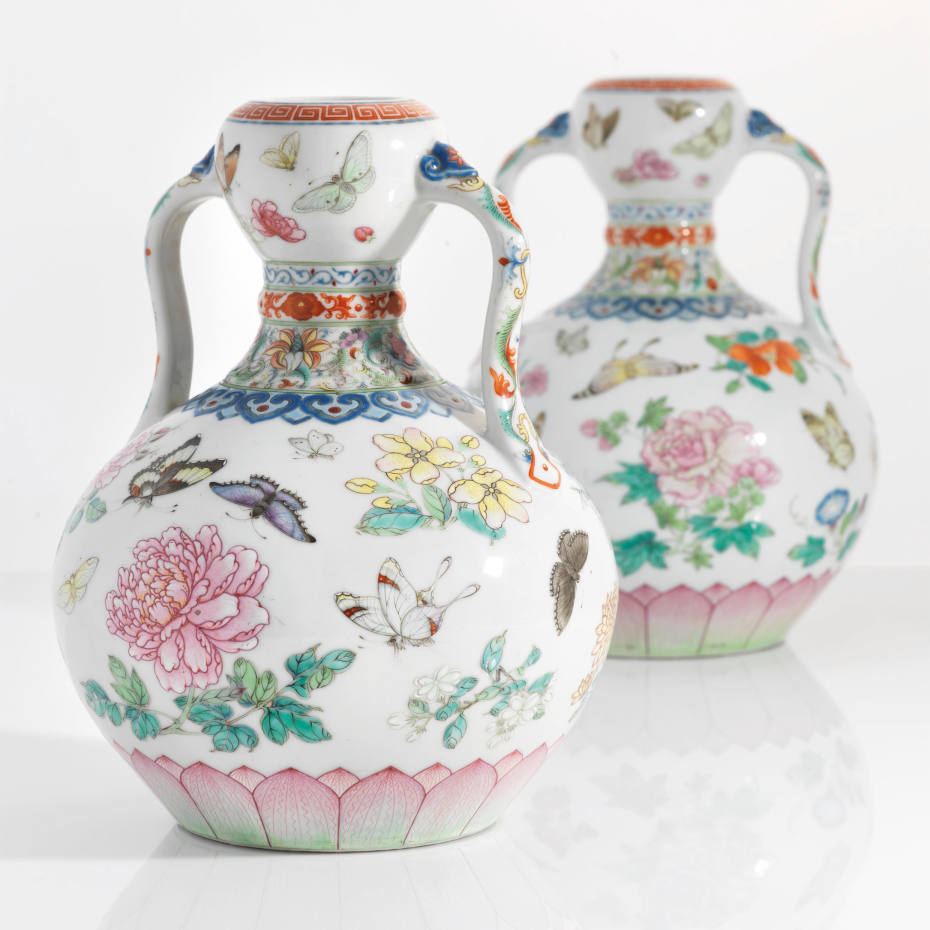Chinese Ceramics
3 min readThe origins of Chinese ceramics go back to distant antiquity.Ceramics can be broadlydivided into two main groups:pottery,which is opaque when held to the light,and porcelain,which is translucent. From the masterful excellence of Chinese ceramics,we can deduce the painstaking labor that went into making them.But those who have actually dug into clay with their own hands have the highest appreciation of the masterful creations of the ancient makers of pottery and porcelain.

Ceramics are made from clay and baked in kilns.Once a large kiln has been set up,it often continues to produce for hundreds of years.The arts of preparing clay,glazing,and firing are often passed down from generation to generation,so each area will tend to develop its own individual glazes,clays,and decorating techniques,resulting in unique styles and designs.These special characteristics provide much of the basis of modern appraisal of ancient pottery and porcelain pieces:from the particular features of a piece,one can usually pinpoint definitively when and where it was made.

Beginning with the Han Dynasty,and into the Tang,Song,Yuan,Ming and Qing Dynasties,large quantities of pottery and porcelain were exported from China to Korea,Japan,the Ryukyu Islands,the Southeast Asian peninsula,the Philippines,Indonesia,India,the Middle East,the eastern coast of Africa,continental Europe,Great Britain,and the United States.Pottery and porcelain pieces exported during these periods are an excellent source of research materials on the history of China’s communications,trade,and economic relations with other countries.
The key to why ceramic art has been able to develop to such a high level in China lies in the spirit of Chinese craftsmen to strive for excellence.Ceramic pieces dating back to various historical periods have demonstrated again and again how Chinese artisans overcame the shortcomings of the materials they used,and how craftsmanship can conquer the difficultiesencountered in working with clay.For example,in the late Yuan and early Ming Dynasties,the material used to produce porcelain in world-famous Jingdezhen,Jiangxi Province,was porcelain stone mixed with kaolin,a material with relatively poor plasticity.Faced with this difficulty,the porcelain makers of the time came up with the idea of grinding the raw material to an extremely fine consistency,then soaking it in water for several years.This process of hydrolysis increased its stickiness and plasticity.In this way the clay could be stretched and formed on a potter’s wheel into beautiful porcelain articles.
Pottery and porcelain artisans of today have full access to modern technological knowledge,and can freely choose their equipment.But they all still carry on in the traditional belief that man can indeed conquer nature.Some imitate ancient designs,and others produce avant-garde pieces.With their minds,their hands,and clay and fire,contemporary potters express their perception of beauty and artistic cultivation.In meeting the challenge of modern art by merging it with traditional culture,Chinese ceramic art looks toward wholly new creative and innovative horizons.









